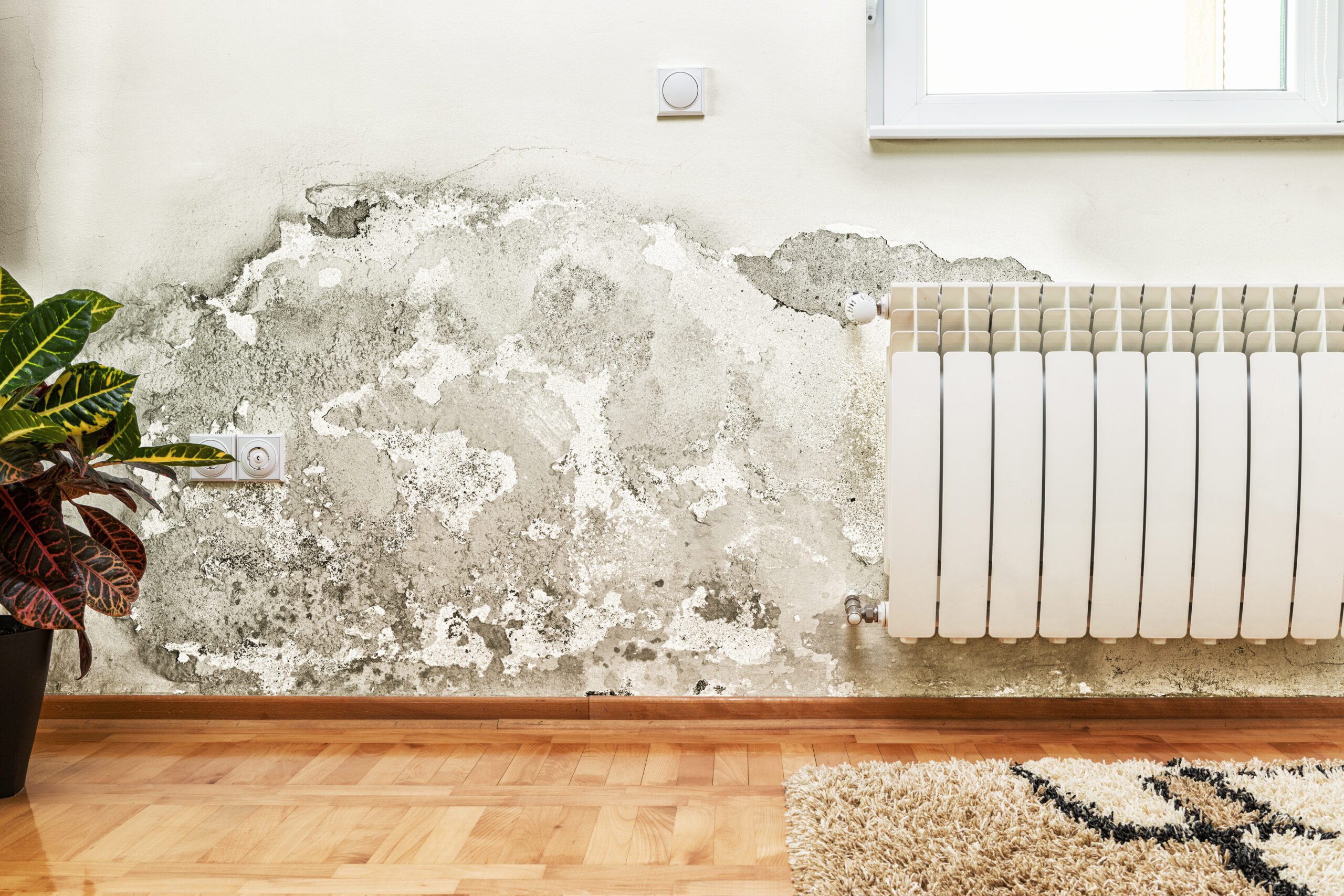
By Wendy Thomas, Residential Product Manager, Nuaire
Why is it that residents are still living in properties blighted by excessive condensation and, even worse, mould? No social housing provider wants occupants of their properties to live in these conditions, for sure. But they do: the Housing Ombudsman continues to handle a rising number of complaints, with 5,398 damp and mould complaints in 2022/23, up from 3,530 in 2021/22.
One of the biggest problems we face when it comes to damp and mould is the age of our housing stock, 38% of which is over 70 years old. Our understanding of the benefits of both insulation and ventilation have led to changing building practices, reflected in Building Regulations Parts F and L, which were recently revised. But prior to this our homes were built with poor insulation levels and virtually no ventilation, trapping dampness and, in several cases, leading to the growth of mould.
We’ve also come a long way in our understanding of the health impacts of mould. Previously, it was considered more of a cosmetic issue, so the focus was on removing it rather than preventing its formation. Now we know all too well the dangers of mould: exacerbating asthma, eye irritation, respiratory problems, skin reactions, headaches and, in extreme circumstances, such as the tragic case of two-year-old Awaab Ishak, death.
This brings me on to the third aspect that has impacted attitudes to damp and mould in social housing: inadequate regulation. Building Regulations, which prescribes insulation, ventilation etc., predominantly apply to new builds, and to the extension of existing buildings. The majority of social housing stock is old, so retrospective compliance with Building Regulations isn’t a statutory requirement. However, regulation in the form of Awaab’s Law – part of the Social Housing (Regulation) Act – has now been introduced specifically to address damp and mould in existing social housing. Landlords are now obliged by law to fix damp and mould issues to deadlines (which are to be confirmed) or rehouse residents in safe accommodation. Ignoring complaints of damp and mould are no longer just a PR issue, as unlimited fines are now possible under the act, plus emergency repairs can be made by the Regulator of Social Housing, with landlords charged accordingly.
Blaming condensation and damp on residents’ lifestyles – including cooking, bathing and drying clothes inside – has been a recurring theme over the years. Despite the Housing Ombudsman Service’s ‘Spotlight on damp and mould – it’s not lifestyle’ report published in October 2021, two years on and landlords continue to reference residents’ lifestyles as an issue. So, should residents be expected to stop washing, or no longer cook? Of course not! The discussion has to be moved away from ‘lifestyle choices’ (which implies blame), and a focus instead placed on tackling the causes of damp and mould. This includes addressing building deficiencies, such as repairing leaks, improving energy efficiency and ensuring adequate ventilation is in place.
When it comes to ventilation, the solutions exist and they work.
Take Positive Input Ventilation (PIV) systems, for example. These have been around since 1972 (Nuaire invented them!) and are highly effective at preventing condensation dampness. The units are easily installed into a loft, with a small hole cut through the ceiling for the vent. The unit draws fresh air into the loft space directly from outside, which is then filtered before gently dispersing into the home via a central diffuser at a continuous rate, encouraging movement of air from inside to outside. PIV systems are inexpensive, quiet, reliable and can be installed in less than an hour.
In properties where damp and mould are less of an issue, then bathroom and kitchen extractor fans are a good option. With revisions to Building Regulations Part F (ventilation) in 2022, which saw an increase in minimum air flow rates, it’s likely that existing fans will need replacing with more powerful and efficient models, used in conjunction with decentralised mechanical extract ventilation (dMEV) fans for an efficient yet cost-effective solution.
Change is afoot when it comes to damp and mould in our dwellings. Yes, complaints are up, but that partly reflects complaints processes being improved and greater transparency. The Housing Ombudsman has acknowledged “an unprecedented focus by landlords on strengthening their handling of cases of damp and mould, with stronger leadership, better training, more use of technology and greater investment into tackling the root causes of damp and mould”. That momentum needs to be maintained if we’re to ensure fewer residents are faced with living in damp, mouldy homes.
***
Nuaire has been working with social housing providers to deliver effective ventilation solutions for over 50 years and invented the PIV system.





